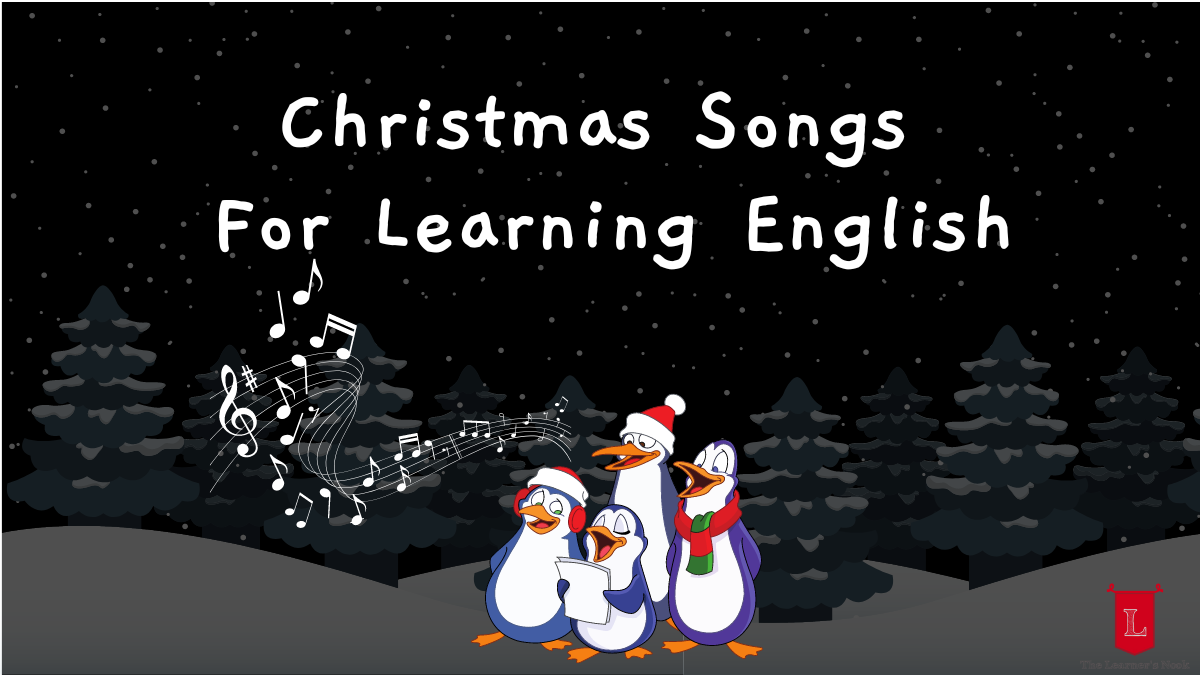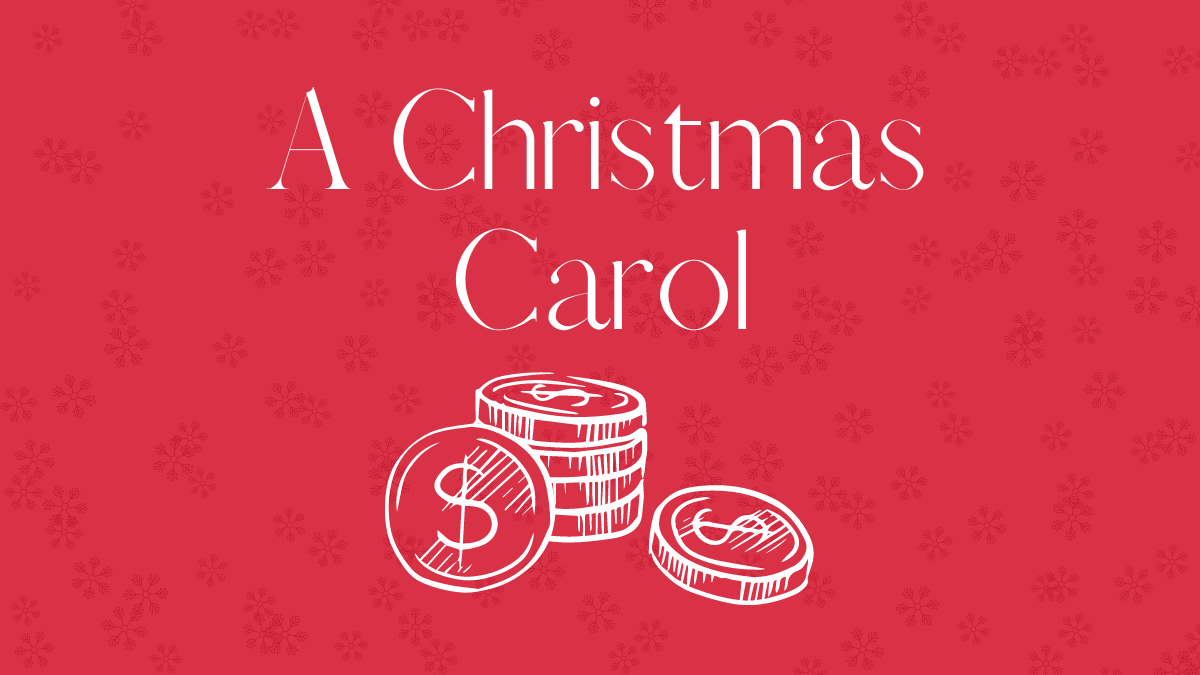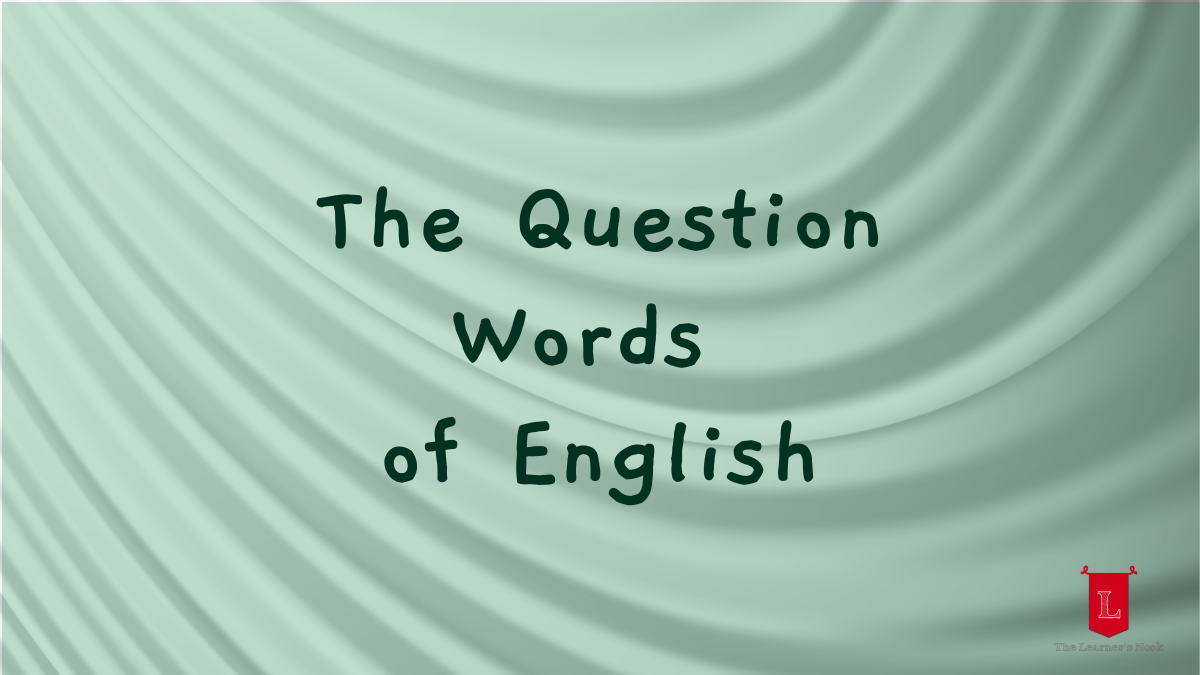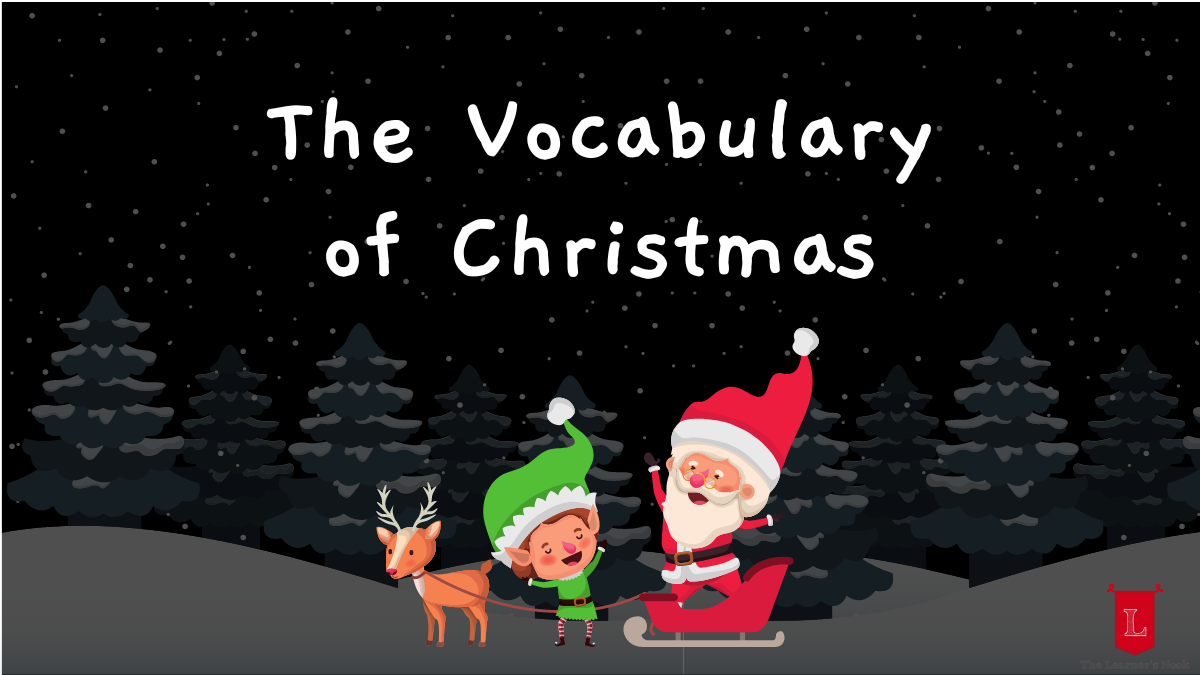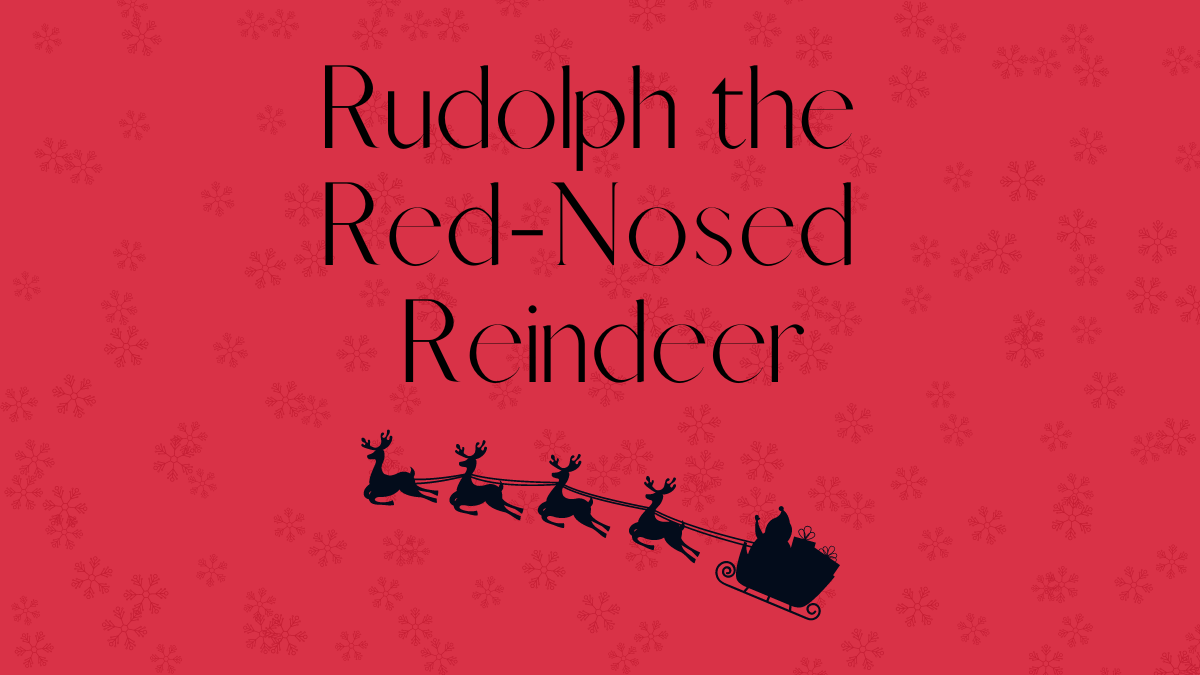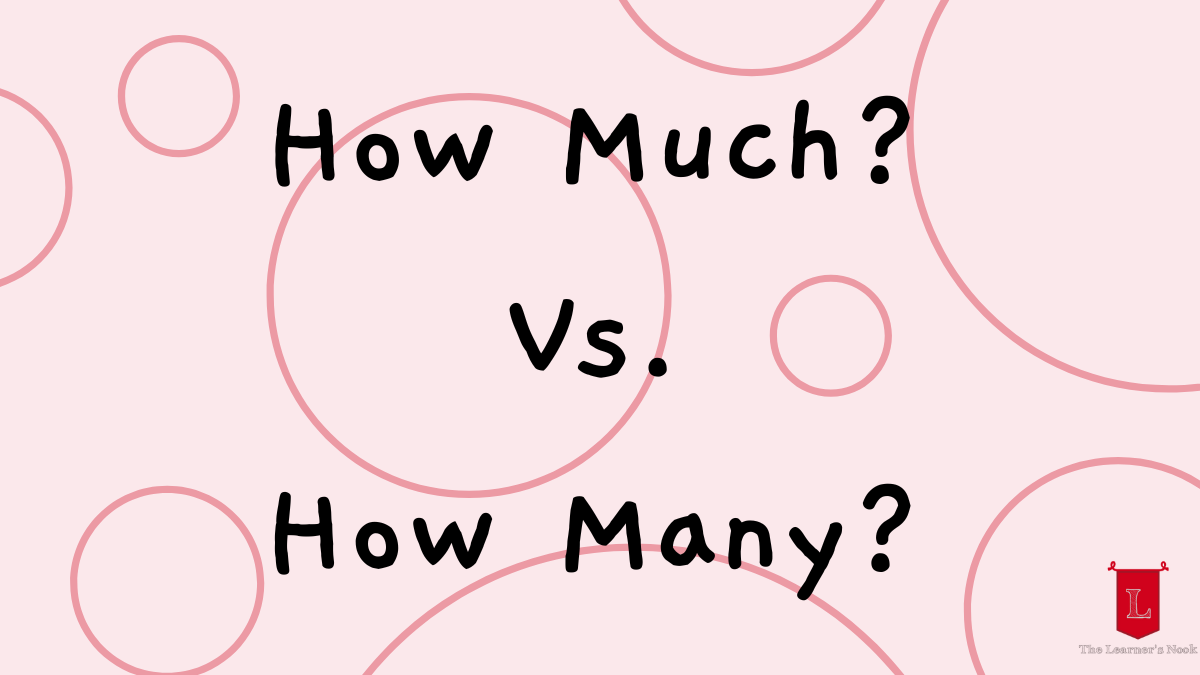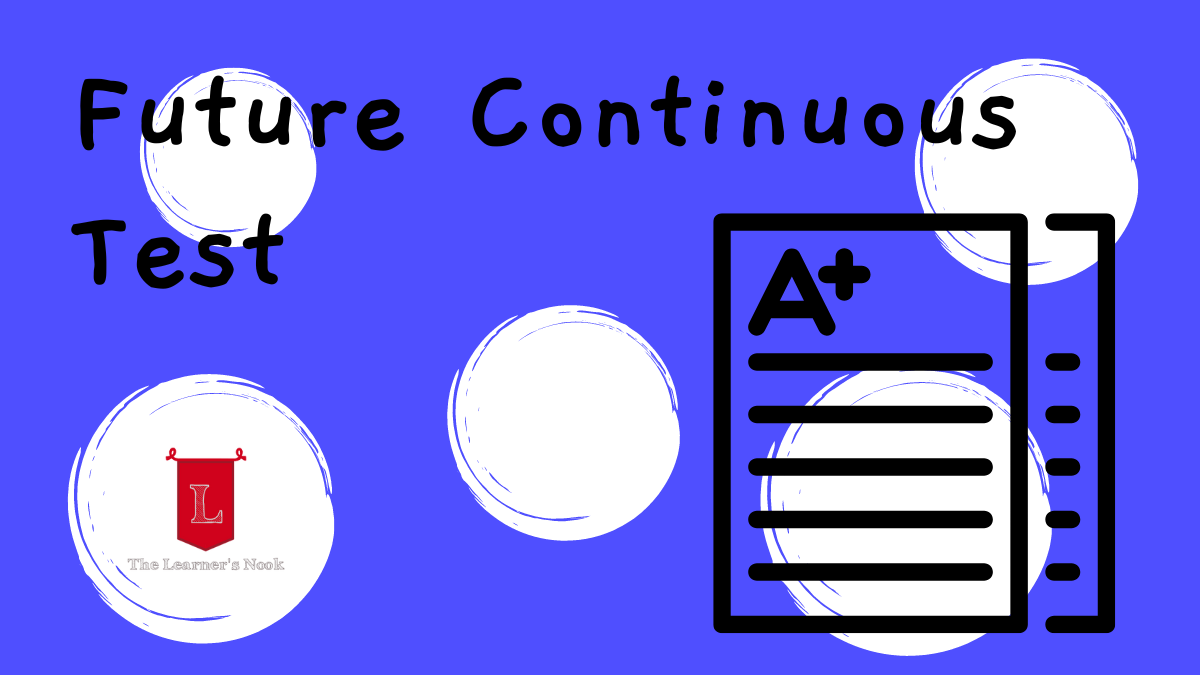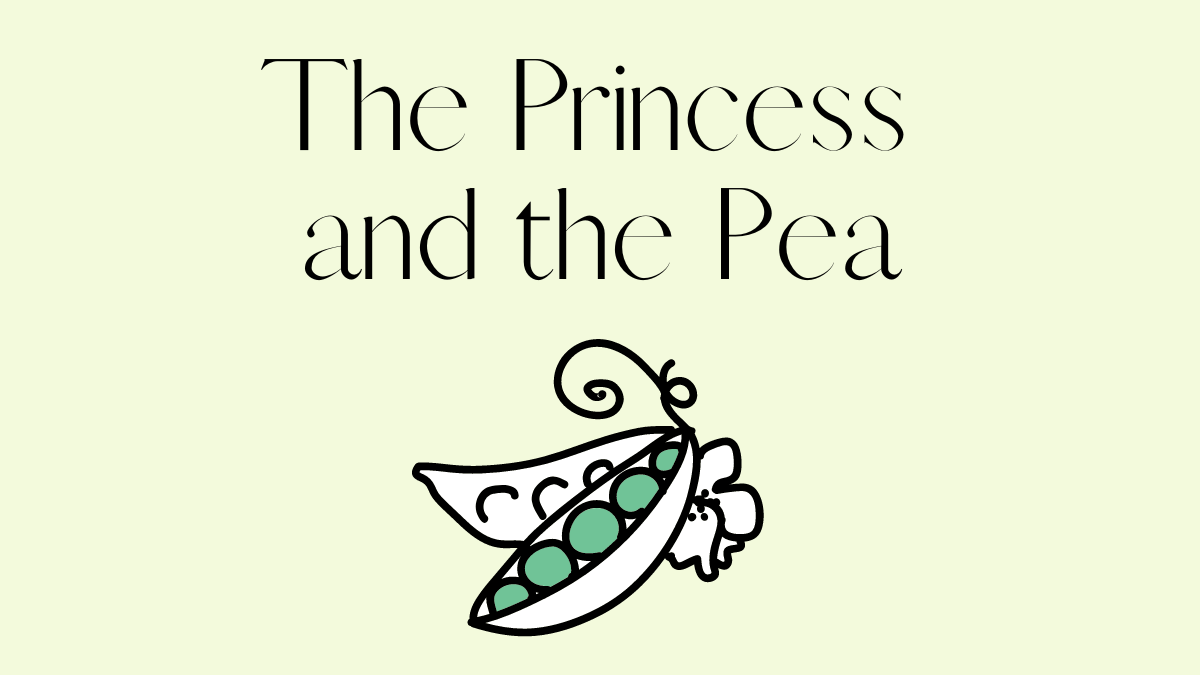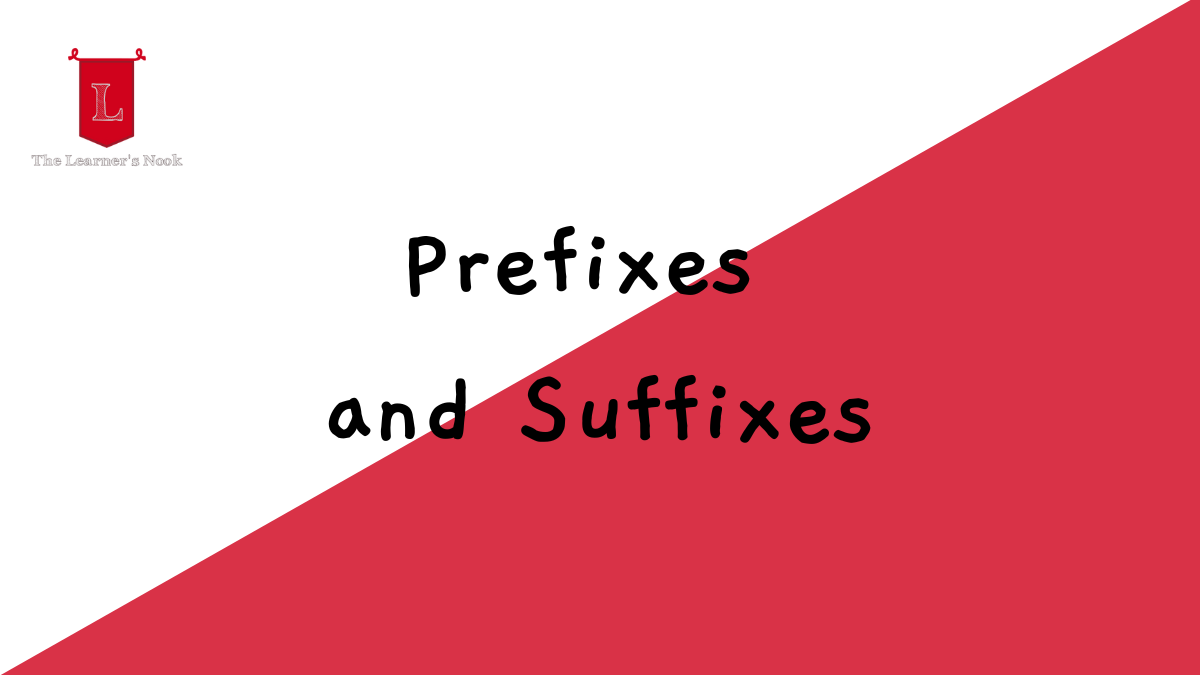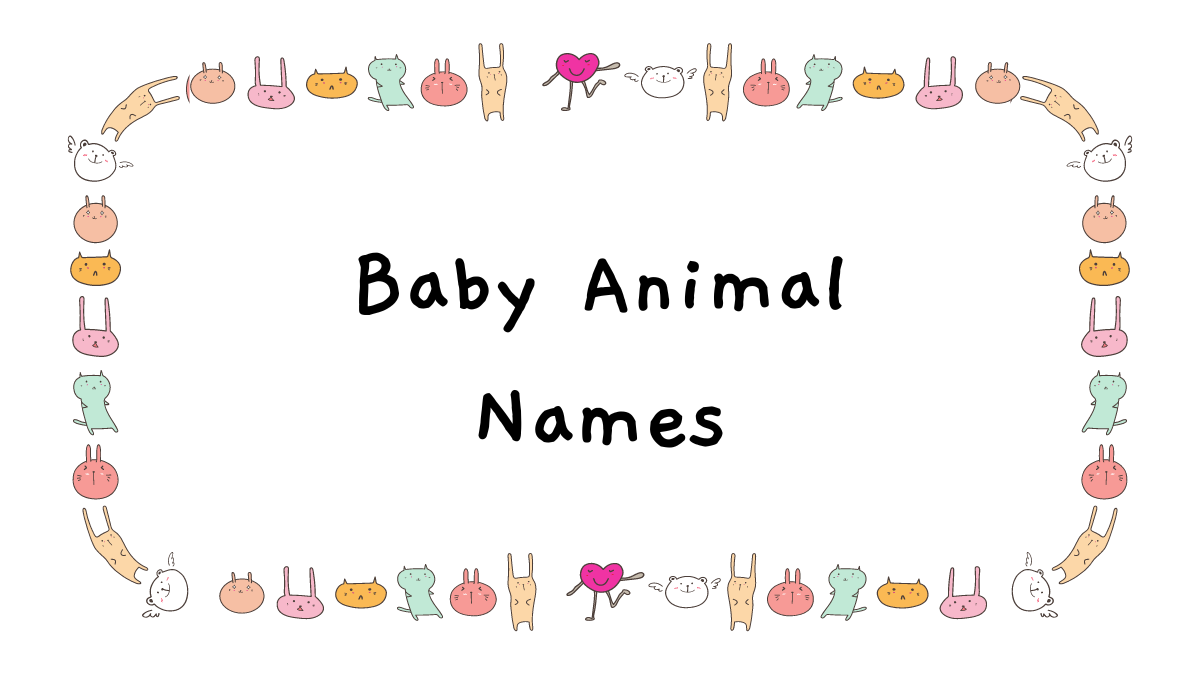Christmas Songs in English (11 Great Songs to Practice Your English With)
You either love them, or you hate them. If you live somewhere that is Christmas obsessed, then every December, you are going to listen to Christmas songs in English. But, regardless of if you like them or not (I love them), they are also a nice way to practice your English.
How to Learn English with Christmas Songs
There are two main things you can learn from Christmas songs: vocabulary and listening skills.
The vocabulary used in Christmas songs may not always be important to learn. Maybe because it is old English, or maybe because it is super-specific vocabulary only used during Christmas. but, if you are still a beginner or intermediate learner, there is still plenty of great vocabulary to be learned in these songs.
For listening skills, Christmas songs, and any other kind of music, can be a great way to train your ear. One of the best ways to do this is by watching music videos that have lyrics written down (so you can read and listen). For more advanced learners, you can listen and refer to a lyrics sheet for more difficult words. Either way, you’ll be working on listening in English.
Our Favorite Christmas Songs in English
1. Jingle Bell Rock
Performed by Bobby Helms, Jingle Bell Rock is a staple Christmas song you are sure to listen to every year. It’s nice and slow, so it shouldn’t be too hard to understand for intermediate listeners. However, some of the vocabulary used is not so relevant. So maybe be careful about what lyrics you try to learn.
2. Rudolph the Red-Nosed Reindeer
Rudolph the Red-Nosed Reindeer Lyrics
Rudolph the Red-Nosed Reindeer is one of the most important Christmas stories in English. We have even made our own simplified version for children if you are interested.
The story of Rudolph is told in this Christmas song. In it, you learn how and why Rudolph is the famous reindeer of all.
3. Up on the Housetop
Up on the Housetop is a children’s song about Santa and Christmas night. This is a song more aimed at beginner and intermediate learners.
4. Frosty the Snowman
Frosty the Snowman was an animated television movie that came out in the 1960s. It is considered to be one of the staples of Christmas television.
This song takes place during the climax of that original show and is considered the theme song for Frosty. Every December, it takes over the radio.
This song is aimed more at early learners, beginners, and intermediate students.
5. O Christmas Tree
O Christmas Tree is based on an older German song called O Tannenbaum. It contains a lot of old English words like thou, thy, and can’st. These words are no longer used and are far more likely to be seen in Shakespeare than anywhere else.
However, this song remains a classic Christmas song that may be interesting for anyone to listen to and appreciate.
6. Santa Claus Is Comin’ to Town
Santa Claus is Comin’ to Town Lyrics
This children’s version of the song is perfect for intermediate learners. It is fairly clear, not too fast, and simple language that should be easy to follow.
This song has been covered many times, but this version is fantastic for people just wanting to practice their English skills.
7. I Want a Hippopotamus for Christmas
I Want a Hippopotamus for Christmas Lyrics
This is one of my favorite Christmas songs to share with young children. It’s silly and simple. It also can segue into lessons on “What do you want for Christmas?” If you are a more advanced learner, there probably isn’t much here for you, but it’s still a fun song to hear at least once.
8. Jingle Bells
Other than o’er (over) and bobtails, most of the lyrics in this Christmas classic are still used today. We have two potential videos for this story. The first is a simple version of the song aimed at children. The speed has been reduced, and you are prompted to repeat the lyrics after you hear them.
The second version that we would recommend is the Sinatra cover. This is probably the most famous version of this song.
9. Twelve Days of Christmas
Twelve Days of Christmas Lyrics
Another great Christmas song for young ones, the Twelve Days of Christmas is a fun idea that can be quickly adapted into a lesson.
We like this version by Super simple songs, even if it only has lyrics in the information section.
10. All I Want for Christmas is You
All I Want For Christmas Is You Lyrics
Most of the Christmas songs that we listen to are quite old. A lot of the famous covers come from the 1940s and 1950s. One of the only exceptions to this is All I Want for Christmas is You, which was created by Mariah Carey in 1994.
This song could be a little difficult for younger learners, but it can’t hurt to try.
11. Run, Run, Rudolph
This classic performed by Chuck Berry is a more casual take on a Christmas song. What I like about teaching this song is that a lot of the lyrics use casual English that you are more likely to hear in conversation.
Final Thoughts
Are there any favorite Christmas songs that we missed?
We have already put out a couple of different Christmas articles you may be interested in. Including:
Rudolph the Red-Nosed Reindeer (A Simplified Story for Children)
A Christmas Carol (A Simplified Story for Children)
Great Songs for Teaching Your Child English (these aren’t Christmas-related, but you still may want to check them out)
The Elves and the Shoemaker (Story)
We hope these resources have been helpful. If you have any questions, feel free to comment on this post, and we can do our best to help you out.
We love Christmas here at the Learner’s Nook, so we are trying to put out new Christmas material all month. Sign up below to keep up to date with our posts and stories.
